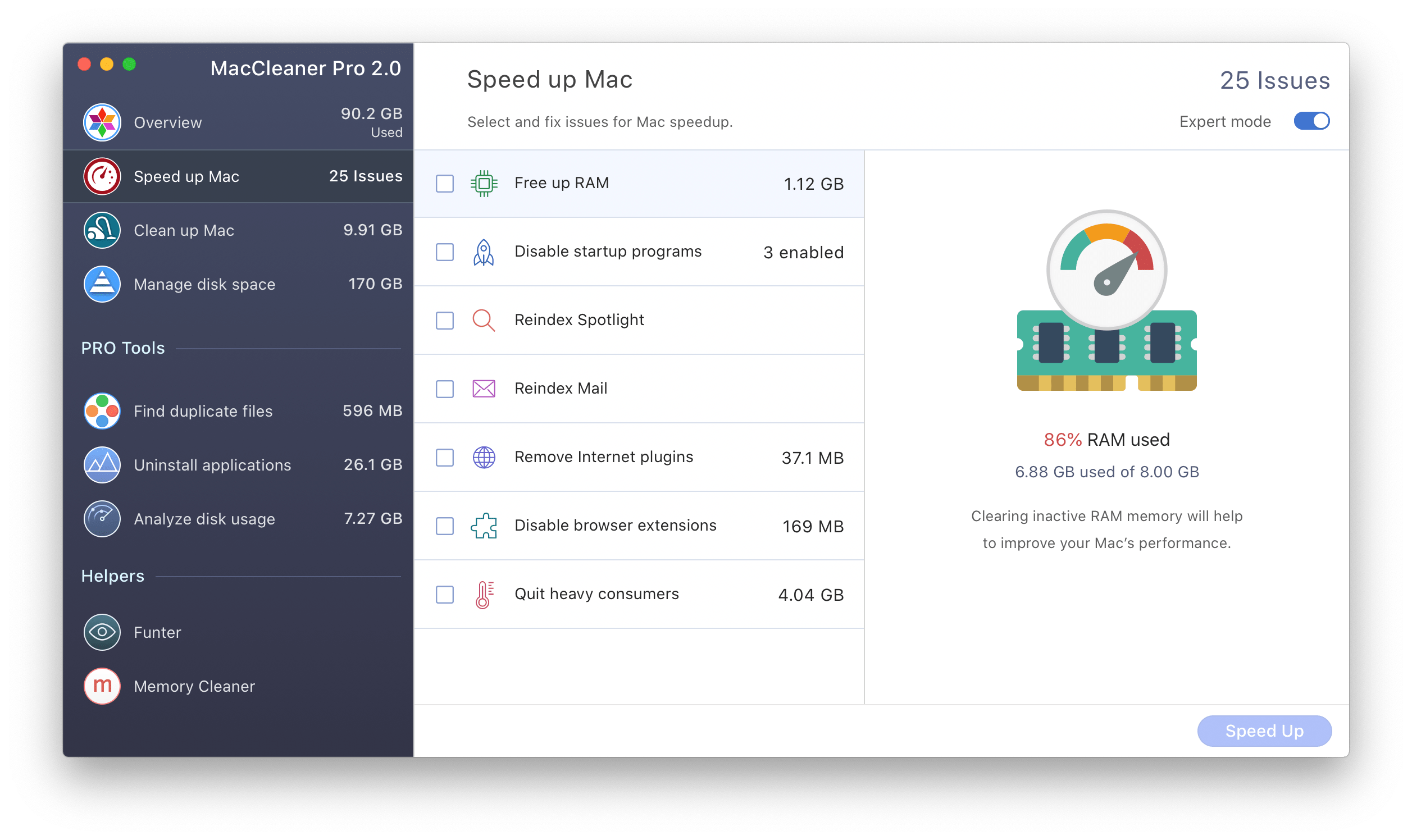
For example, you can use the upper-left corner for the Quick Note and the bottom-right corner for something else. You can even change the corner you want to use for Quick Note. You can change the action associated with them and set it to any one of the available actions. The list of available actions that you can associate with the hot corners include:Īll four hot corners are completely customizable, including the Quick Note one. It’s set to create a Quick Note so you can jot down your thoughts in a trice. Only one hot corner – the bottom-right corner – has an action associated with it by default. Out of the 4 corners, 3 hot corners are not enabled by default.

Like keyboard shortcuts, they can be used to invoke certain actions in a jiffy. Hot Corners, as the name suggests, refer to the four corners of the screen of your Mac.
#Mac disable quick note mac
If you too find the Hot Corners in your Mac more disruptive than useful, you can easily disable them. Many users end up activating the action associated with them accidentally. While Hot Corners are there to speed up certain actions, they can often end up being a nuisance. But like many other tools in your arsenal, they’ve got their lovers as well as haters. There are a lot of features on the macOS that are there to help boost your productivity. Disable them if they start to get on your nerves. This can be useful if you want to reference information on your note while still using an application that would otherwise cover the note.Hot Corners may be there to increase productivity, but they can just as easily become a nuisance. This keeps the note in its separate window, but now ensures that it will always remain on top of any other application windows, regardless of which app is active.

To keep the note always on top, click on it once to make sure it’s active and then select Window > Float on Top from the menu bar.
#Mac disable quick note windows
The note will act just like any other application window in macOS, including being positioned beneath any active windows that cover it. Now, if you just wanted a particular note to exist in its own window, you’re all set. This will display only the selected note in its own window separate from the primary Notes app. To do so, either double-click the desired note’s entry in the sidebar, or select the note and then choose Window > Float Selected Note from the menu bar at the top of the screen. When we float a note, we’ll separate it from this unified interface so that the note in question occupies its own window. When you launch the Notes app, you’ll see a single window with all of your notes together, with the list of your notes displayed in the sidebar.
#Mac disable quick note how to
So if you’re a recovering Stickies user who has now migrated to the Notes app, here’s how to float a note in macOS. It’s just not clear from the primary user interface how to access it. The good news is that the Notes app also supports this “always on top” functionality. But many users still miss the old simplicity of the Stickies app, and want the option to keep their notes on top of other windows in some circumstances. In addition to offering more functionality, the Notes app has the benefit of iCloud syncing, so that you always have access to your notes on your Mac, iPhone, or iPad. Stickies are still around in the latest version of macOS, but Apple has barely touched the app in years, instead pushing users to the Notes app. One key benefit of Stickies was that they could be configured to “float” or remain on top of all other windows, so that you always had access to the information they contained.


Longtime Mac users may have used the built-in Stickies app, which let the user keep virtual “Post-It” notes on their desktop. Float Notes in the macOS Notes App to Keep Them Always On Top


 0 kommentar(er)
0 kommentar(er)
